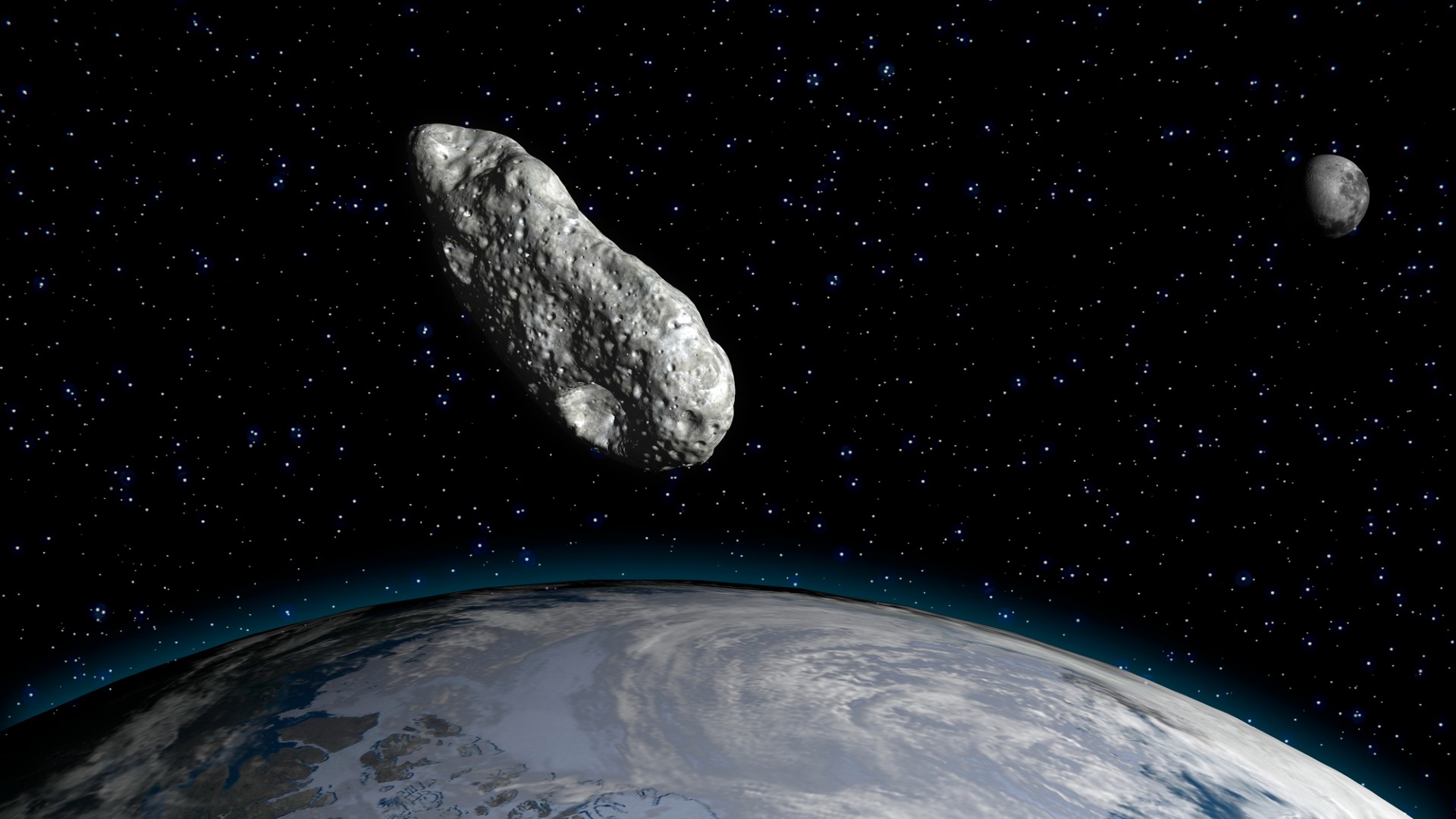Meteorites reveal how they brought space water to Earth

Space rocks that fall to Earth are ancient time capsules, and scientists who merged two imaging techniques may be able to tell us if and how they brought water to Earth.
Meteorites are shards that have broken off of larger objects such as comets or asteroids, and it is thought that asteroids and comets from the outer reaches of the solar system may have left water on nascent Earth after impact. To find out whether they really did carry over water from beyond our planet, a research team from the National Institute of Standards and Technology (NIST) came up with a method of simultaneously using X-ray and neutron imaging to get a glimpse inside a meteorite and determine what it might have been hiding for billions of years.
Already, the NIST team reports that this new method can "reveal the presence and distributions of hydrogen-bearing materials in meteorites, and thus help constrain the presence and actions of water in the early solar system," according to a recent study about the technique.
Related: Meteorites that reach the Earth fall from asteroid butts
This new method is known as coordinated neutron and X-ray computed tomography (NXCT) and is basically an upgraded CT scan. Just as how diagnostic CT scans create cross-sections that are then reassembled into a 3D image which help doctors see what is going on inside the body without operating, the X-rays and neutron beams fired at a meteorite fragment in NXCT safely reveal what types of minerals and other elements or compounds it is made of, including water and other volatiles (substances that evaporate easily). Hydrogen in a meteorite can possibly mean it once contained water ice.
What the NIST researchers were looking for was either of the two forms of water. Hydrogen and oxygen fuse to create regular water, but there is also heavy water, whose hydrogen atoms each have an extra neutron that turns them into deuterium. How much of either type of water is present in a meteorite can be compared to levels of both types on Earth.
What gives NXCT an advantage in unearthing elements in a meteorite is that the neutrons aimed at the piece of rock will bounce off any trapped hydrogen, while heavier elements give themselves away by scattering X-rays. If evidence of water is found, 3D images created after the initial observation can also tell how it got there.
Breaking space news, the latest updates on rocket launches, skywatching events and more!
Meteorites tested were EET 87508 and GRA 06100 were tested for this experiment. GRA 06100 is a chondrite, which is embedded with chondrules, or grains, of other minerals. Its hydrogen also suggests the past presence of water. EET 87508 is especially interesting because, while it detached from the asteroid Vesta, it appears to contain material from a different type of asteroid that carried more water through space.
The research is described in a paper published in the journal Meteorites & Planetary Science.
Follow us on Twitter @Spacedotcom or on Facebook.


